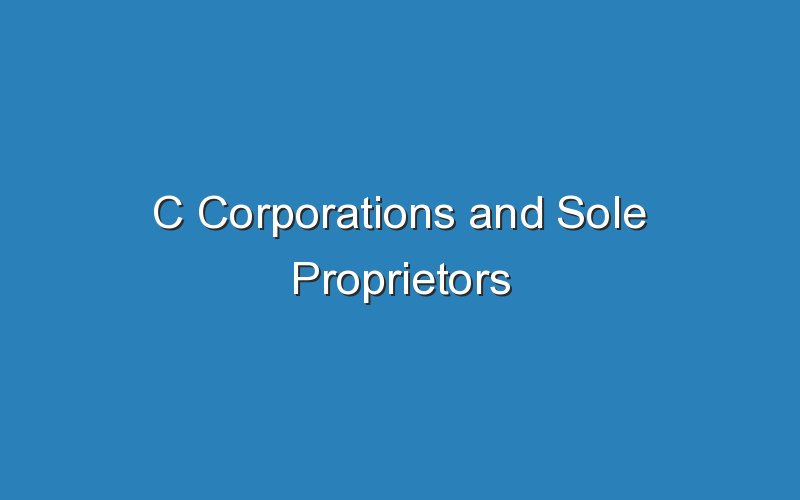A C Corporation has a real business tax. This means that a portion of business taxes flows through to the owner’s personal tax return. The company’s tax refund is treated as an owner contribution. The business may use the money that the owner contributed to fund the business. If the owner withdraws money from the business, it must be accounted for as an ownership withdrawal. The owner can only withdraw from the company once.
The balance sheet of the business will reflect the total amount of owner contributions to the company. The amount of the owner’s capital is the difference between the total assets and liabilities of the company. In a sole proprietorship, the owner may take $1,000 out of the business and use it for personal expenses. This $1,000 withdrawal is reported on the balance sheet as Owner Withdrawals. The owner contributed to the business but made no withdrawals, which increases the equity of the business.
A business owner’s equity is the amount of money the owner has invested in the business. The amount of the owner’s equity is reported on the balance sheet, and is used for daily operations. This account is the same as the owner’s capital, but the owner makes no withdrawals. Therefore, the owner’s cash is deducted from the business’s operating capital and is not considered as an equity withdrawal.
The owner’s capital is the amount of money the business has in liquid form. The liquid cash is used for operations and for capital investments. The business’s profits go into this account, and any owner withdrawals are reported as owner contributions. The larger the amount of money a business owner takes out of the business’s cash, the lower the remaining operating capital is. Then the owner may make withdrawals and have it credited to the balance sheet.
When the owner made withdrawals, his equity decreased as a result. The owner’s income and expenses are the same. The balance sheet does not include the owner’s capital. This is the same as the balance sheet of a sole proprietorship. If the owner contributes to the business, then his or her capital is the same as the value of the business. A sole proprietor’s income is based on the income he or she receives from the business.
When the owner contributed to the business and made no expenditures, he would not have withdrawn any money. This would result in a loss for the owner. In this situation, the owner could have withdrawn $1,000 of the business’s capital. The owner’s cash flow and the balance sheet would show the income and the cash of the business. However, the owner could withdraw any amount to the company and not have any withdrawals from it.
The owners’ equity in the business is not the same as the owner’s equity. In a sole proprietorship, the owner has no employees. His compensation and benefits are provided by the business. Hence, a sole proprietor has an equal number of employees. This type of structure is better for small businesses because it does not require an employee. Sole proprietors have less employees. Sole proprietors are not required to pay their salaries.
The owner’s equity is measured in terms of his contributions to the business. In a sole proprietorship, the owner has no employees. This means that the owner has no employees and contributes no money. The balance sheet is a record of the cash flow of the business. The owners’ equity is not affected by dividends or other types of ownership. However, the owner may withdraw some amount from the business.
The owner may withdraw money from the business as a result of the business’s profits. Unlike an employee, the owner does not receive a regular paycheck from the business. Instead, he pays himself with the money that the company makes. In a sole proprietorship, the withdrawals are treated differently from employees’ withdrawals. As a result, the owner’s cash flow is different from the company’s equity.

